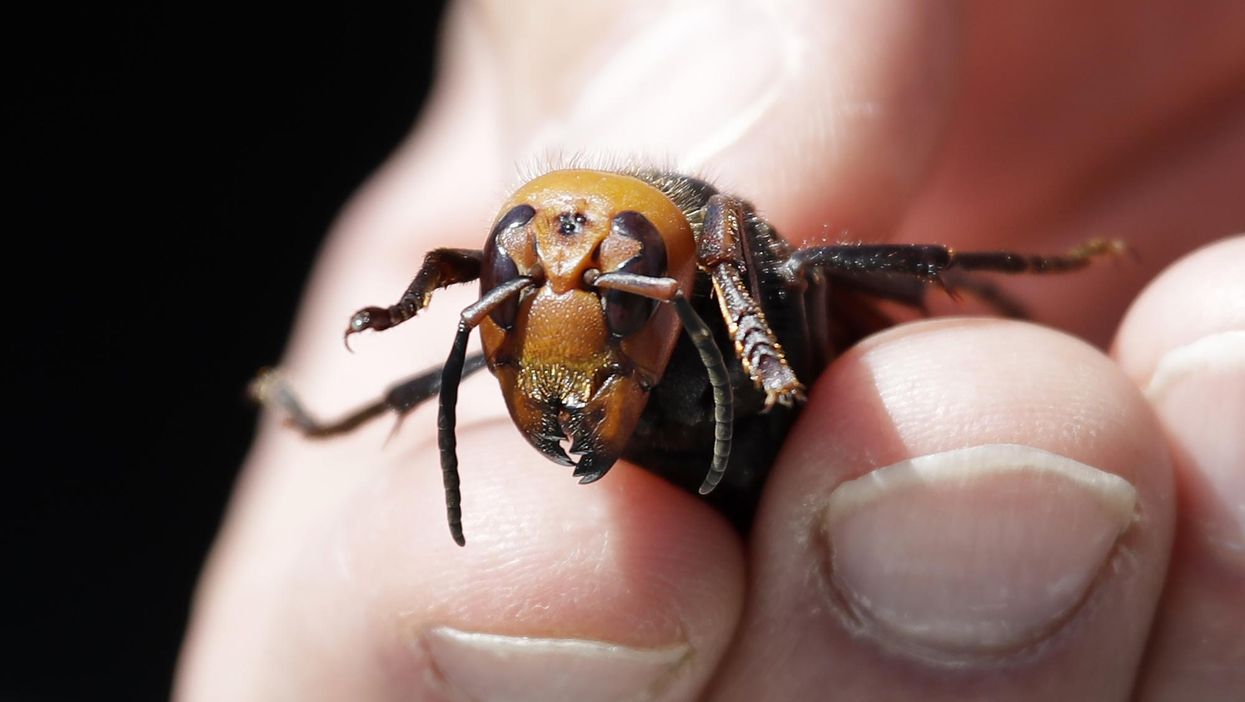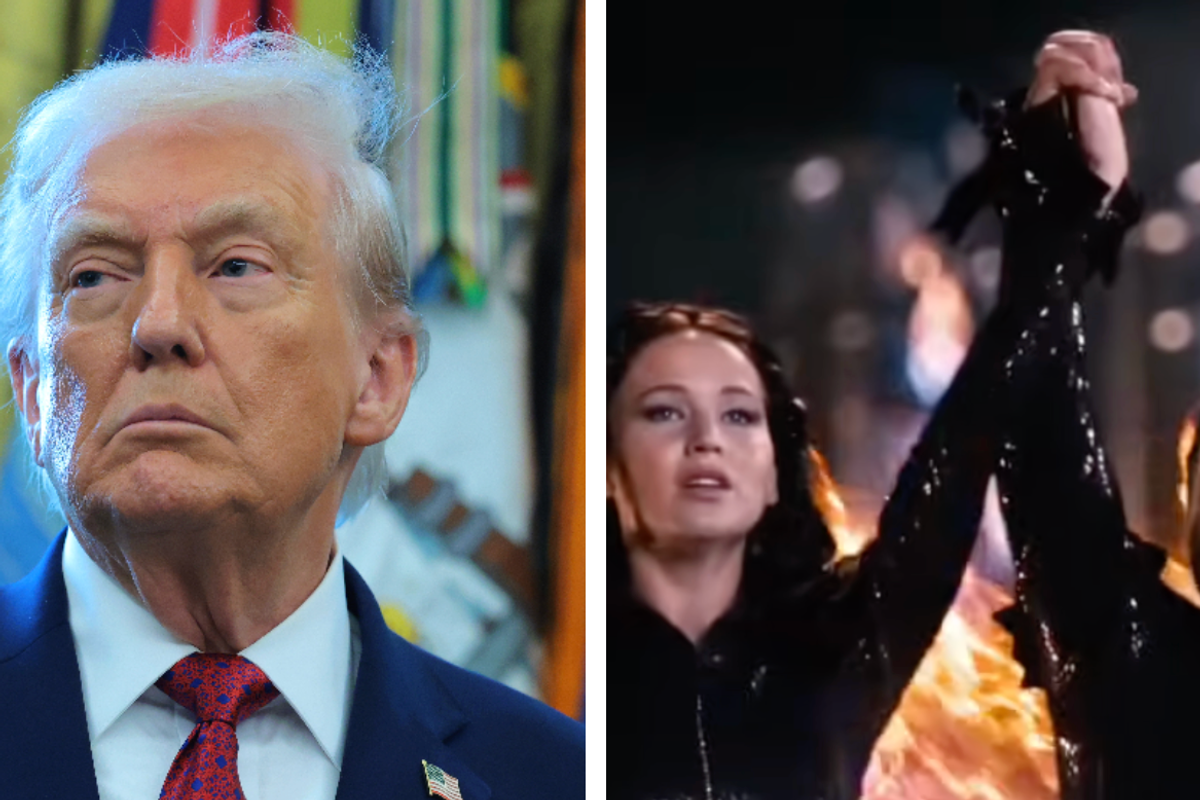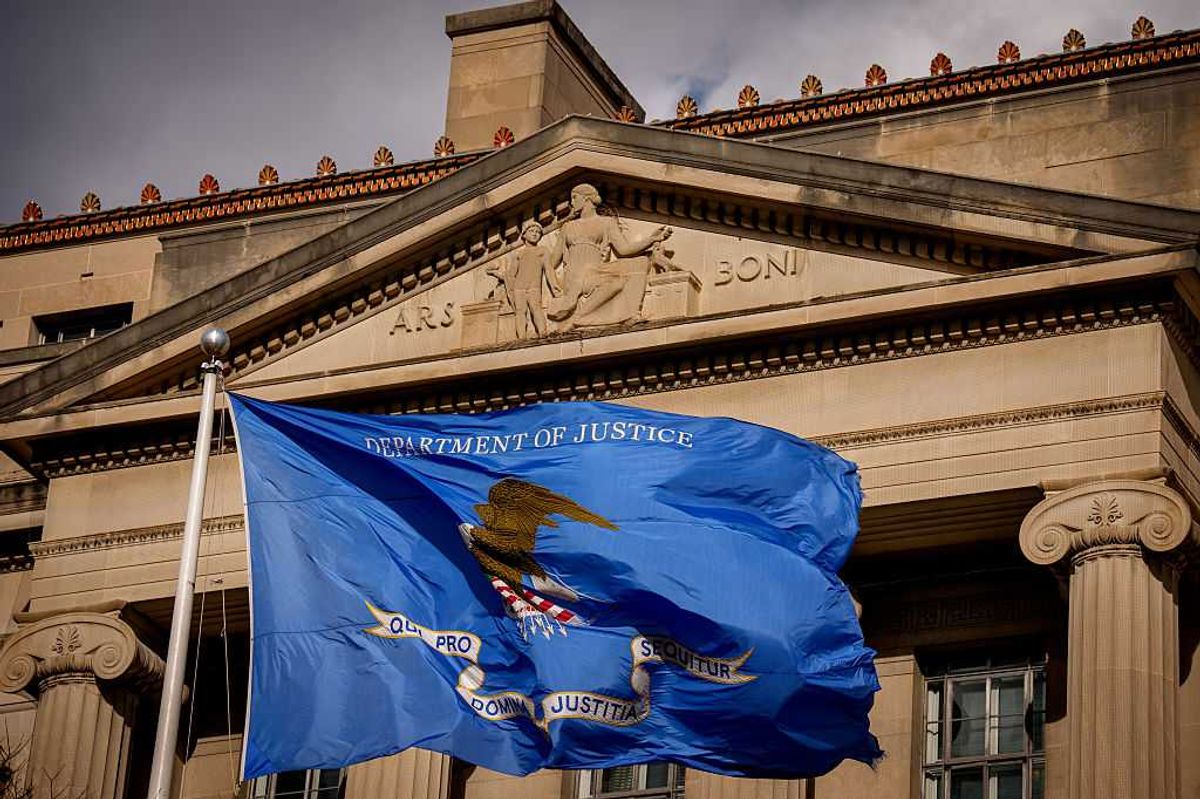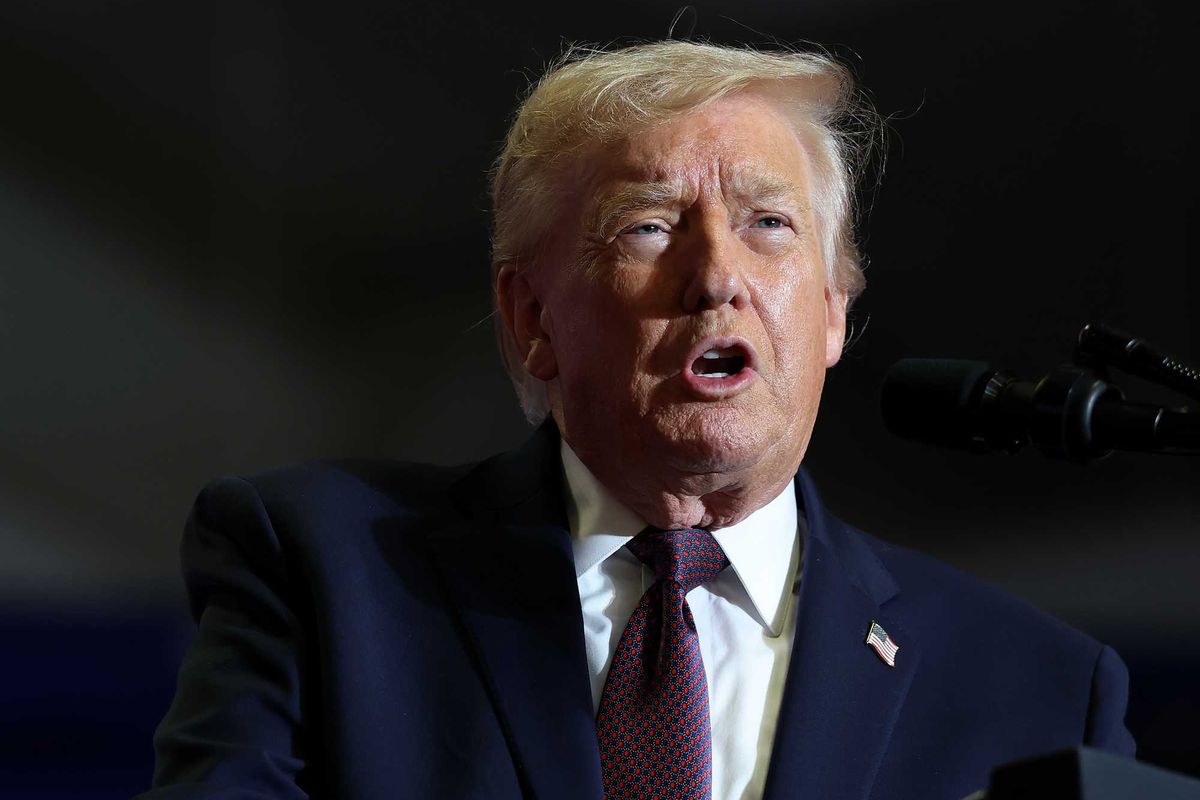News
Iana Murray
Aug 03, 2020

POOL/AFP via Getty Images
Remember murder hornets, the terrifying giant insects that look like something out of a nightmare?
In promising news, the Washington State of Agriculture announced that it captured its first Asian giant hornet, also known as the murder hornet, in a bottle trap on 14 July.
This comes months after five previously confirmed sightings.
@CBSNews Been a while was wondering when the Murder Hornets would make their way back into the apocalypse play— Buffalo Sparty (@Buffalo Sparty) 1596332538
the murder hornets have reentered the chat https://t.co/qLypMqcJZo— Kay (@Kay) 1596327606
In a press statement, Sven Spichiger, managing entomologist for the department said:
This is encouraging because it means we know that the traps work. But it also means we have work to do.
The WDSA hopes to find the nest and destroy it, but citizen scientists have placed over 1,300 traps to capture hornet specimens.
Asian giant hornets, which are the world’s largest hornet species, became something of a meme and doomsday sign after the insects were first discovered in the Washington state back in May.
Asian giant hornets can slaughter entire bee colonies, leaving what is essentially (and terrifyingly) piles of headless bees in the destruction. They are also known for their extremely painful stings which kill up to 50 people in Japan a year. It is not known how they arrived in North America.
I feel like god is using an end-of-the-world problem generator and just got “murder hornets”— C.H.U.D.ney Spears (@C.H.U.D.ney Spears) 1588478588
I’m advising that we cut the murder hornets subplot. We don’t need it to enhance the stakes, the running story line… https://t.co/599rFA3Gjd— Caleb Roehrig (@Caleb Roehrig) 1588457309
CDC: how can we get them to stop going outside? God: *inventing murder hornets* lol check this out— Eternal Samnation (@Eternal Samnation) 1588471422
This first capture is only just the beginning.
The US is now in a race against the clock to find and remove all of the remaining giant hornets before mating season begins. In mid-September, the queens start mating with male hornets to reproduce.
According to the WDSA, the giant hornets could have "negative impacts on the environment, economy, and public health of Washington State."
If the hornets aren’t eradicated in time, it could also have damaging consequences for the country’s bee population, which is already in rapid decline.
Top 100
The Conversation (0)













